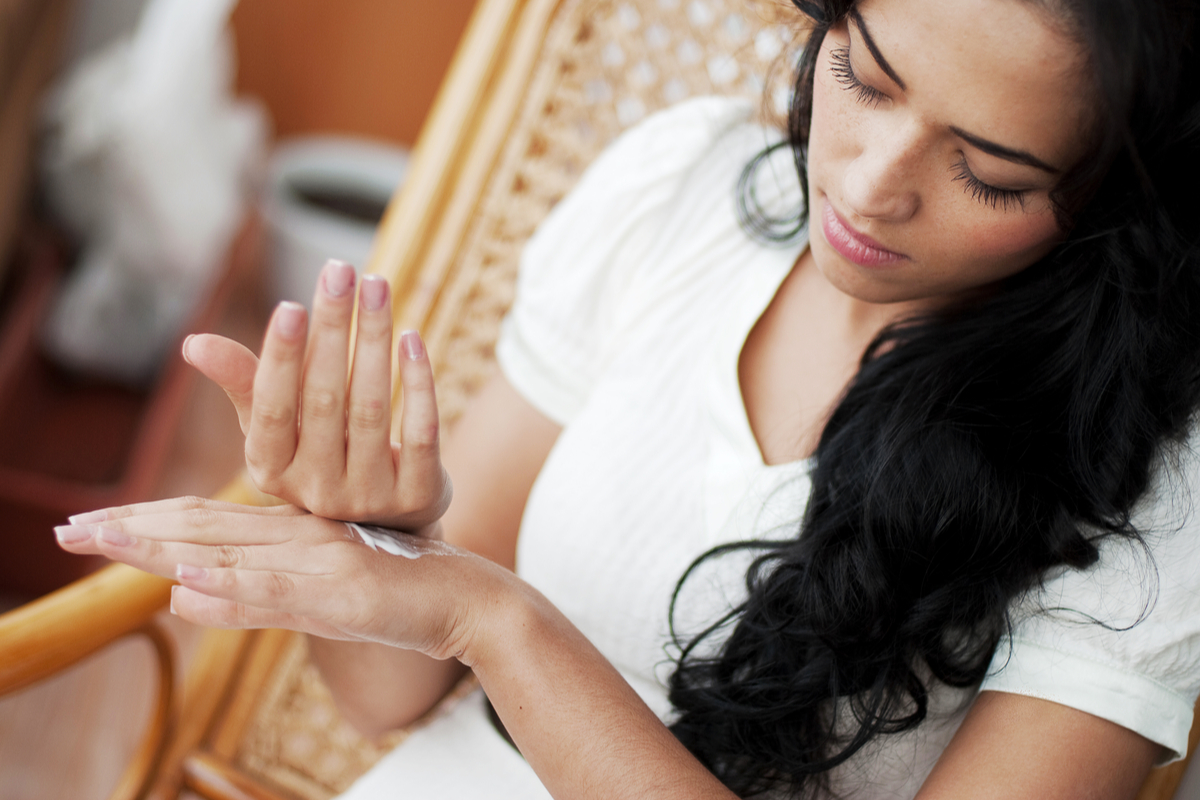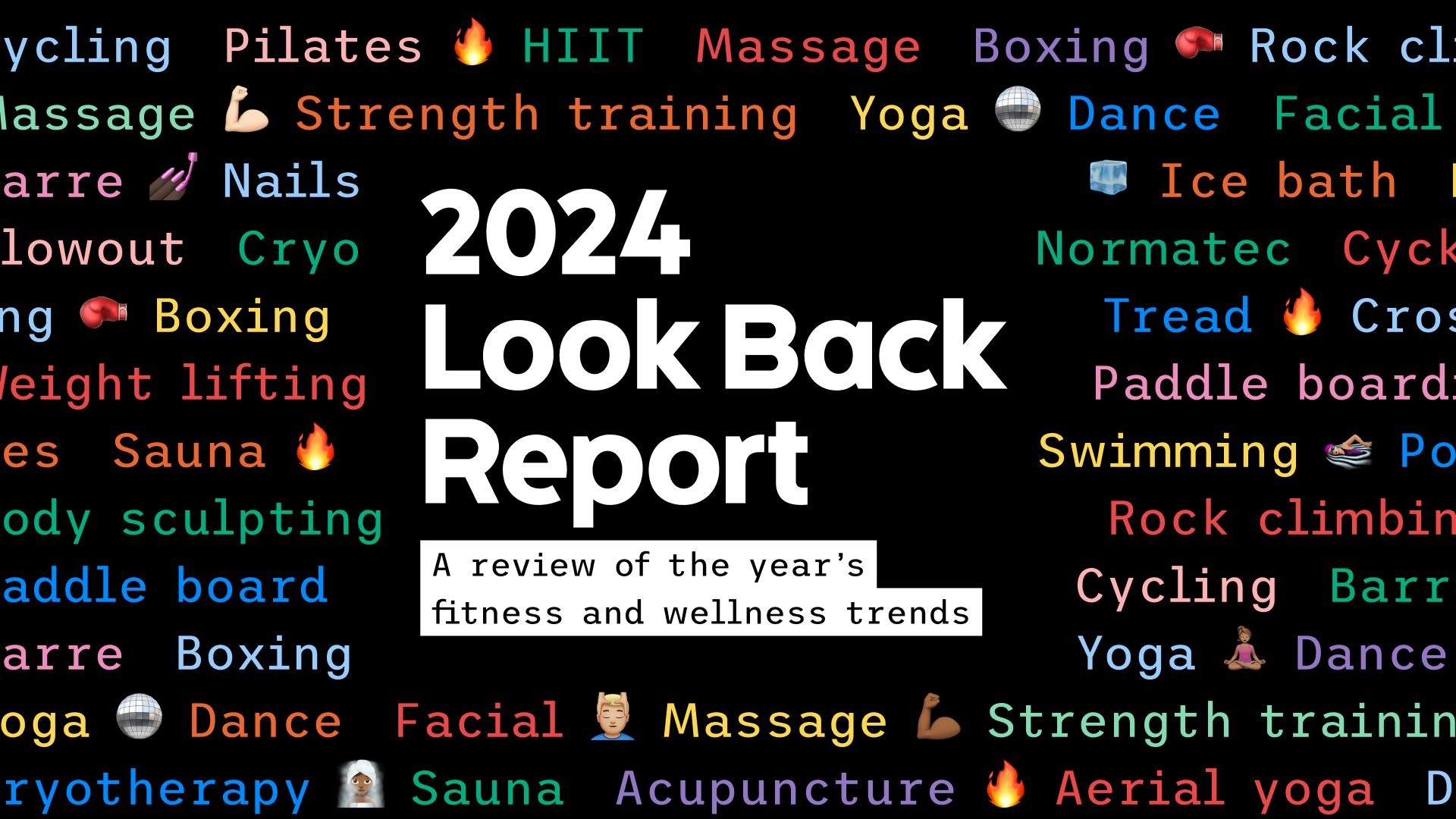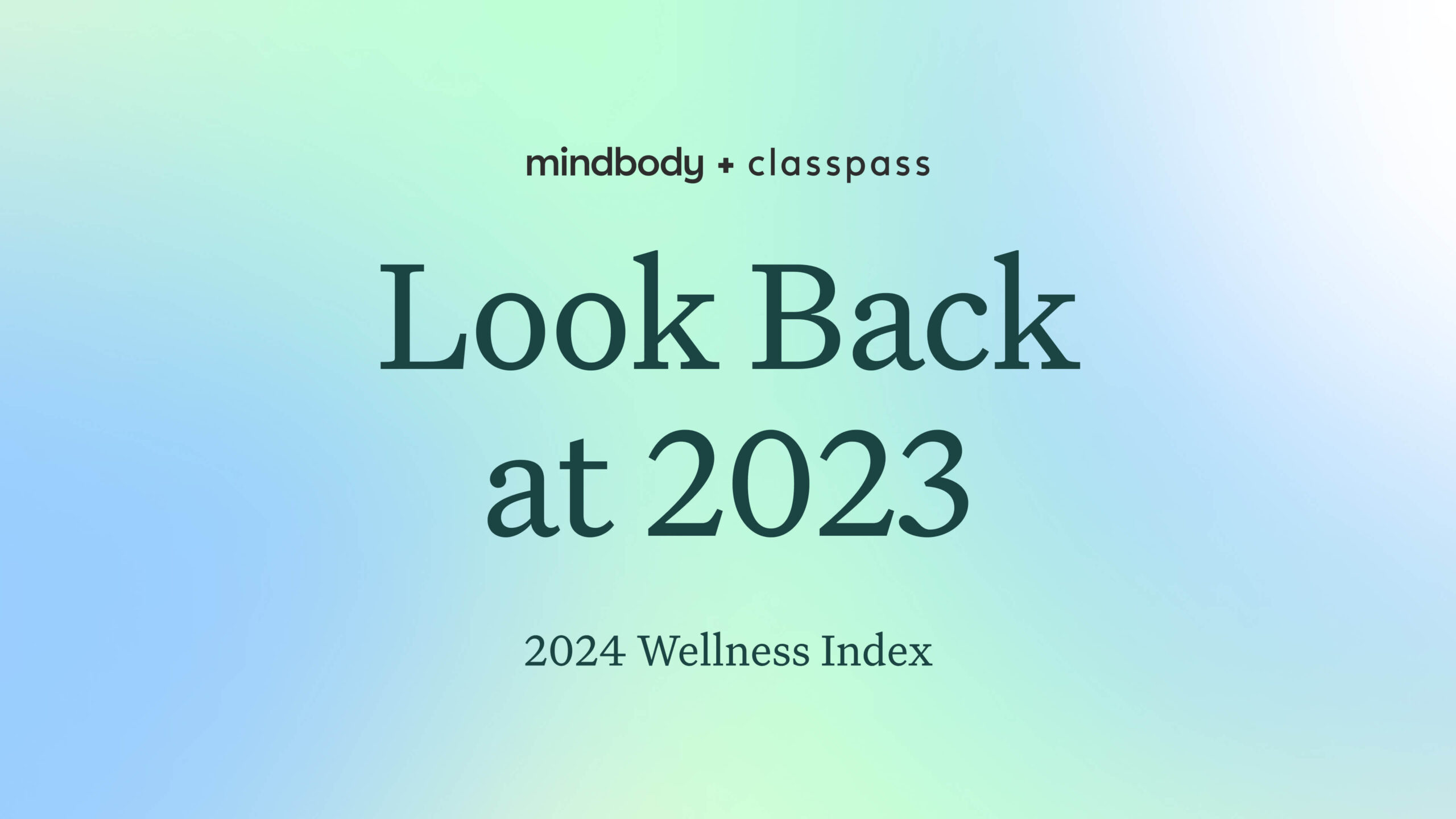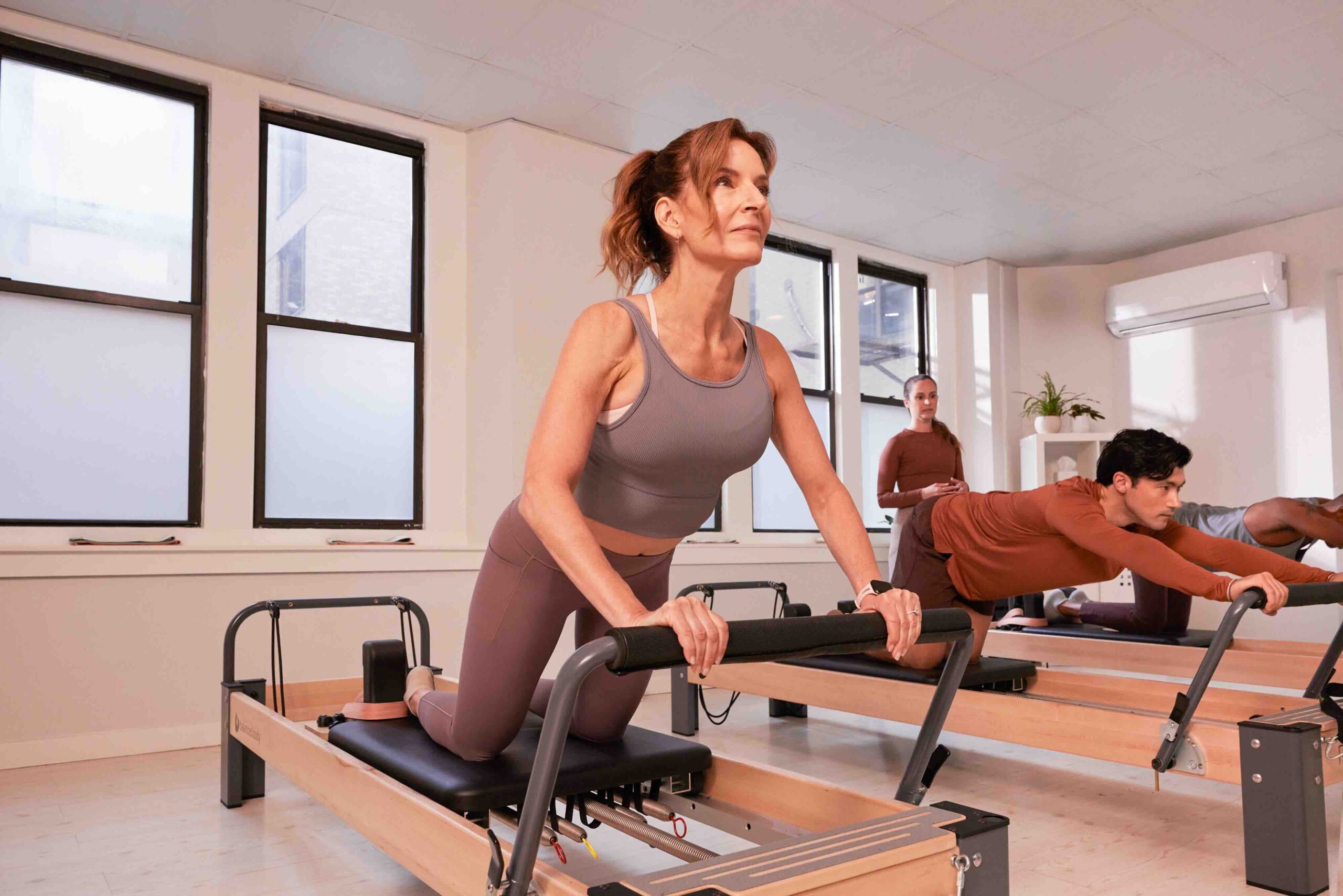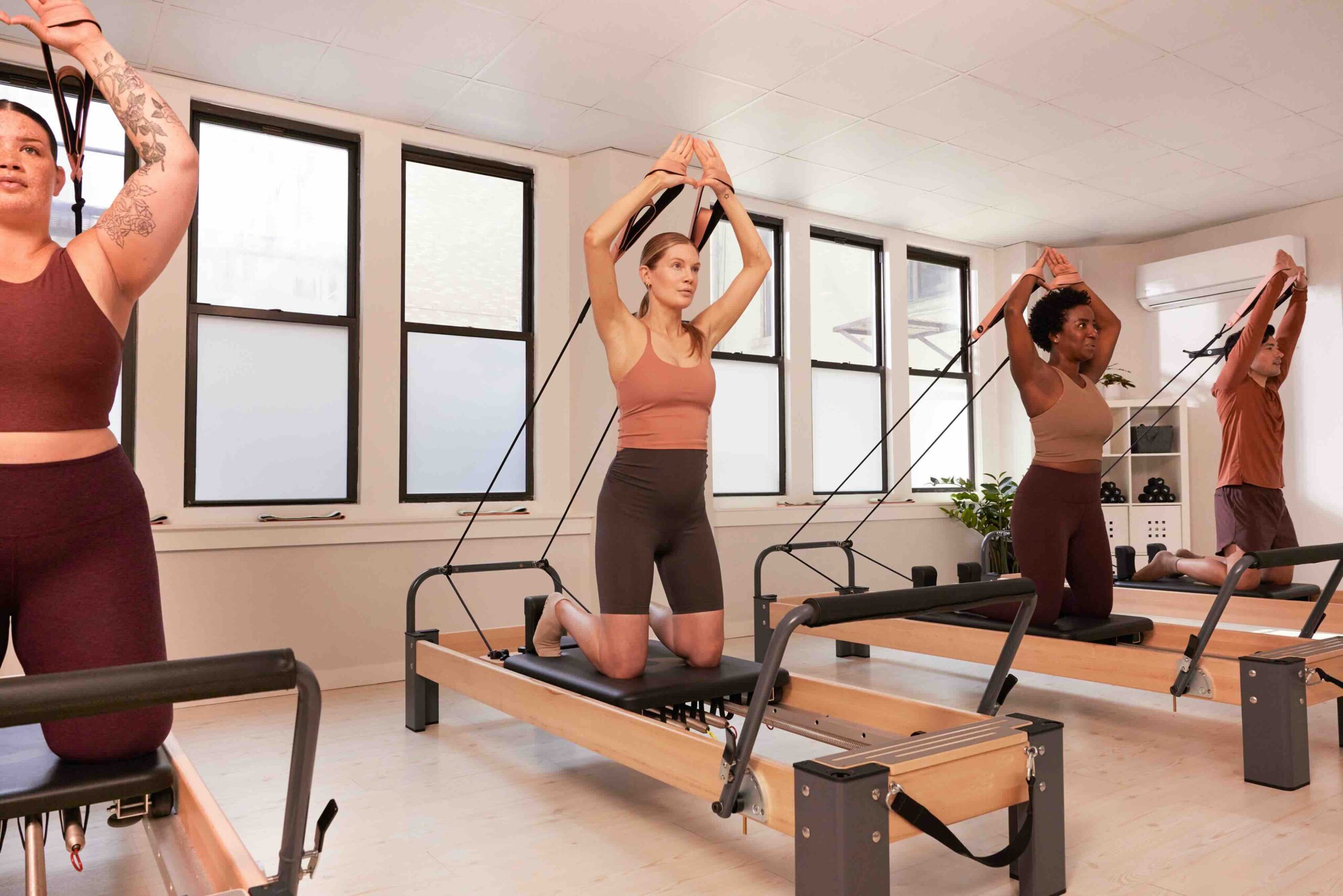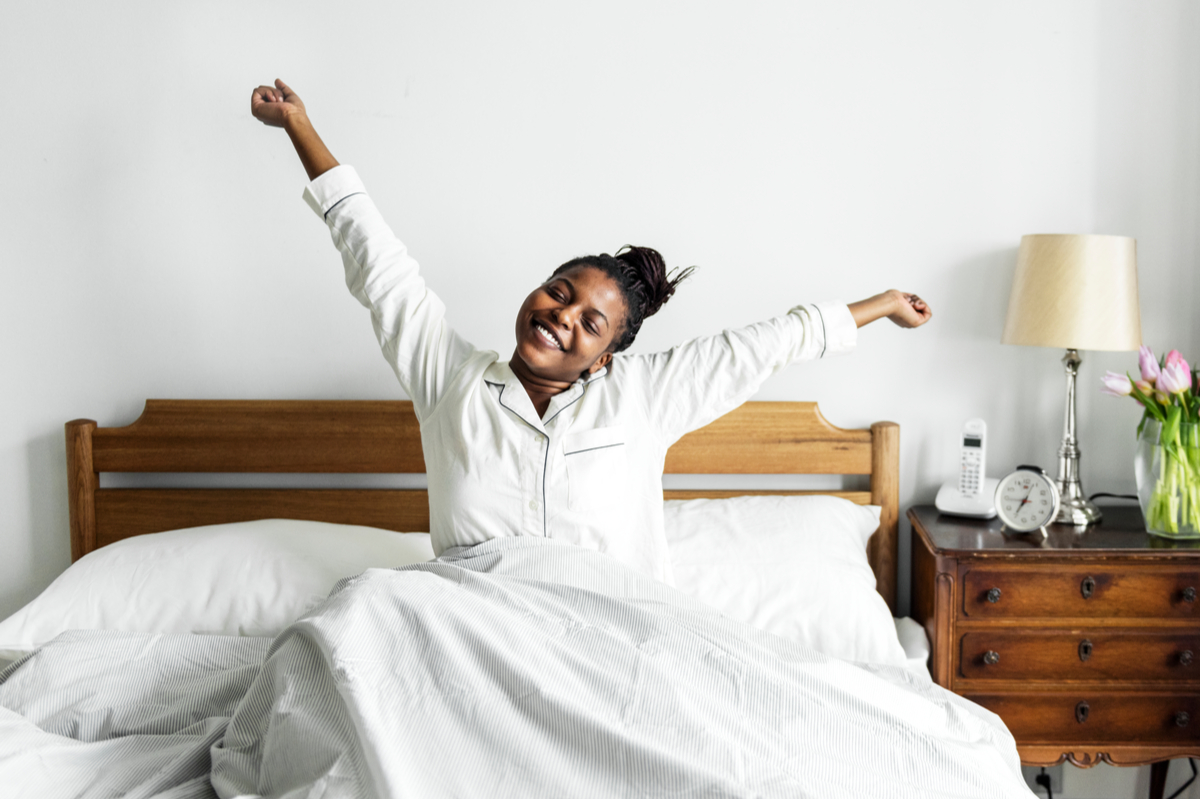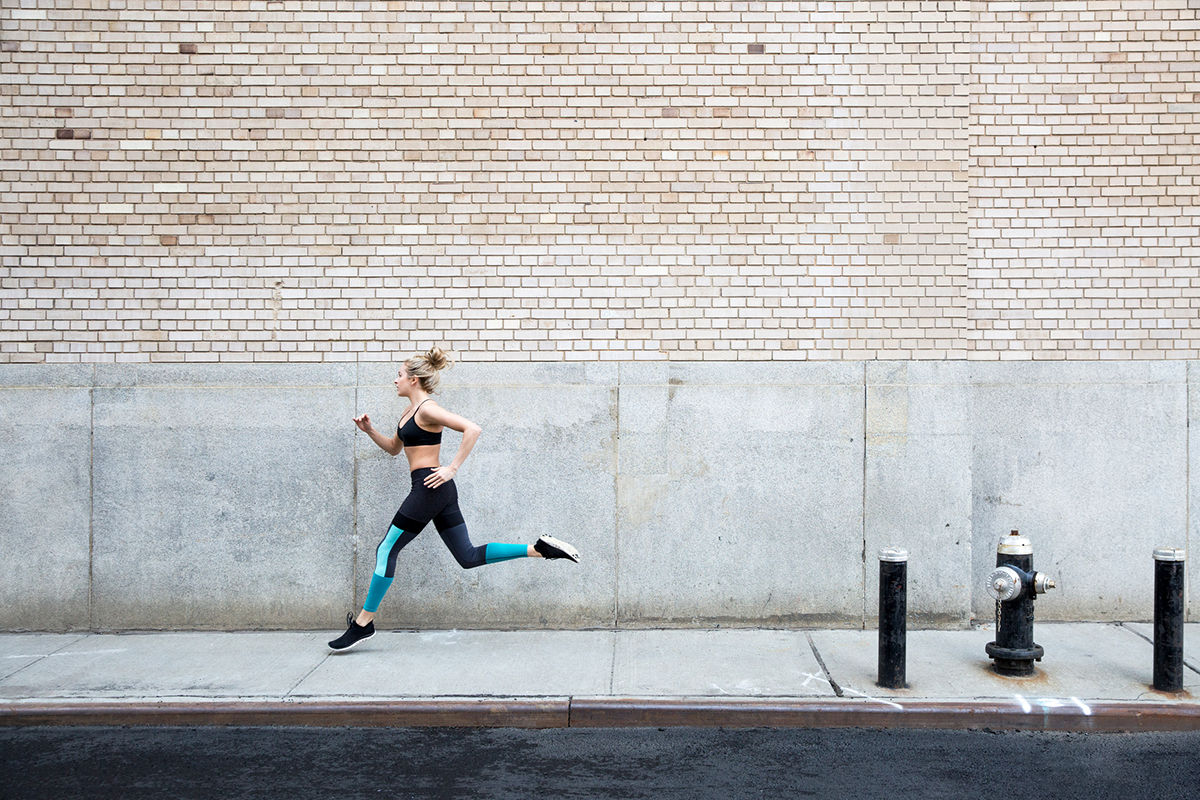Relieving stress can be as easy as touching pressure points on the body or face. No fancy tools are necessary to take a few mindful moments to focus on the breath and add pressure to these points. You can do this at your desk, in your home or at the yoga studio, and instantly watch the stress fade away.
Holistic aesthetician Tammy Fender provided some tips and tricks to take advantage of our body’s pressure points, and advice on how to do it the right way. “If you apply the pressure like you’re pushing a button to call an elevator, there is little chance that there will be a physiological response that reduces stress,” Clarke says. In order to ensure that applying pressure to a pressure point will work, she suggests deepening the breath and bringing attention to that pressure point. “Attention is an expression of intention, and if your intention is to relieve stress, you must give your attention to the process of alleviating stress,” she adds.
Pressure points for anxiety
Once you have deepened your breath, as Clarke suggests, focus on one of these five pressure points and feel your anxieties melt away.
Hand pressure points
“The hands have a natural capacity for healing, which so fluidly brings relaxation to the whole being, and almost every ancient medicinal tradition utilizes the wealth healing pressure points on the hands to support wellness,” Fender says.
She suggests giving yourself a hand massage by wrapping the hands in a warm towel for a few moments and then, using slow circular motions, massage using her Rose Geranium & Tangerine Body Lotion. Clarke suggests finding the tender spot in the webbing between the thumb and forefinger, and mindfully pressing into that pressure point using the thumb and forefinger of the opposite hand.
Pressure points in wrists
Clarke suggests finding the pressure point below the wrists by making a fist and curling it to your forearm. A depression forms between the two tendons, about two inches from the wrist.
He suggests placing your opposite thumb in that depression, uncurling your fist and then deepening the breath as you press on this pressure point. Fender likes to apply therapeutic-grade essential oils to pressure points at the wrist and below the ear to aid in the relaxation process.
Third eye pressure point
The term “third eye” is more than just something spiritual you hear about in yoga class. It is considered an epicenter, and a place where you can activate your pituitary gland. Applying light pressure to this part of the face can strengthen the body’s endocrine system and help with stress, digestion problems, and so much more. “Bring your middle and ring fingers together and raise them up to the space between your eyebrows. Find the tender spot, breath and press,” Clarke recommends.
Elbow pressure points
Right in the crook of your elbow lies an easily accessible pressure point. If you are someone who deals with anxiety or nervousness in the work place, applying pressure to this area can help alleviate anxious feelings. The elbow is also a great pressure point if you’re facing digestive problems as a result of anxiety.
Pressure points in feet
Don’t be afraid to kick your shoes off underneath your desk to access the valuable pressure points located on your feet. There are numerous pressure points in the feet that Eastern Medicine practitioners believe can cure various ailments, most notably those ailments that relate to digestive organs. Taking a moment to add pressure to foot points can alleviate your stress momentarily, but this practice can also keep you healthier in the long run.
An easy point to access is on the bottom side of the foot, where the ball of your foot and your arch connect. If you’re nervous about doing this covertly under your desk at work, try applying pressure on the high point of your big toe, right on the knuckle. That point is known to reduce stress instantly, and possibly lower blood pressure in the long term.
